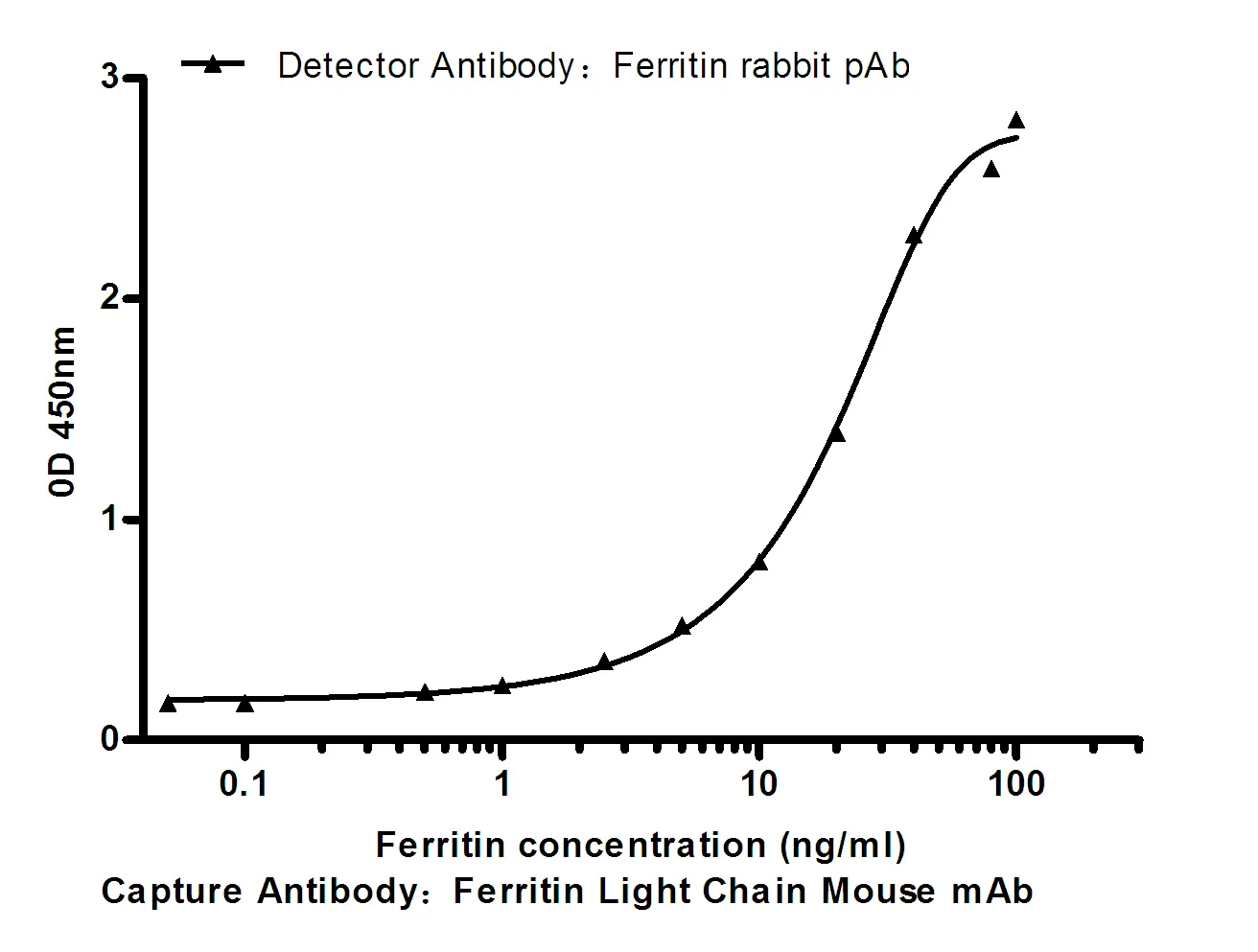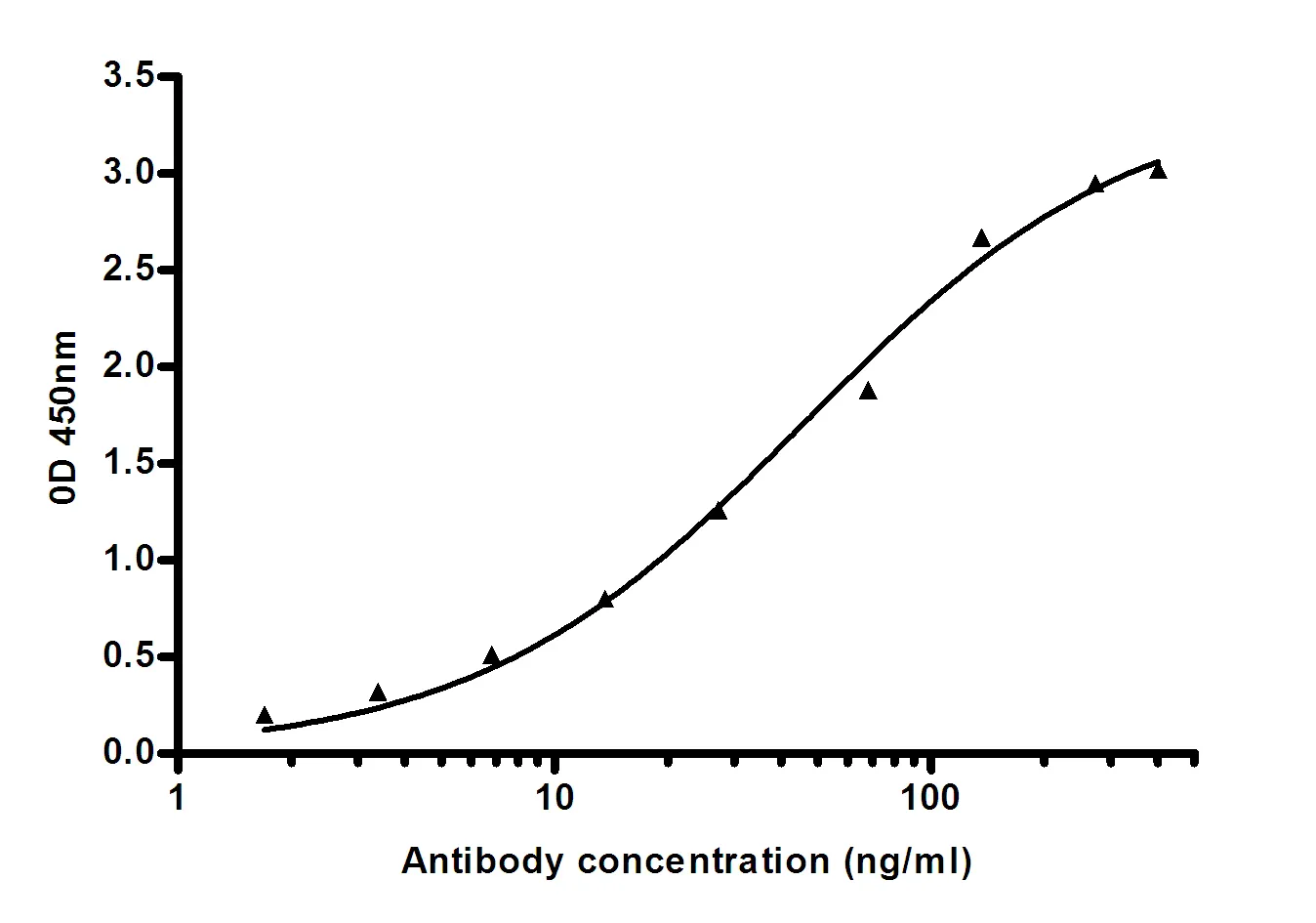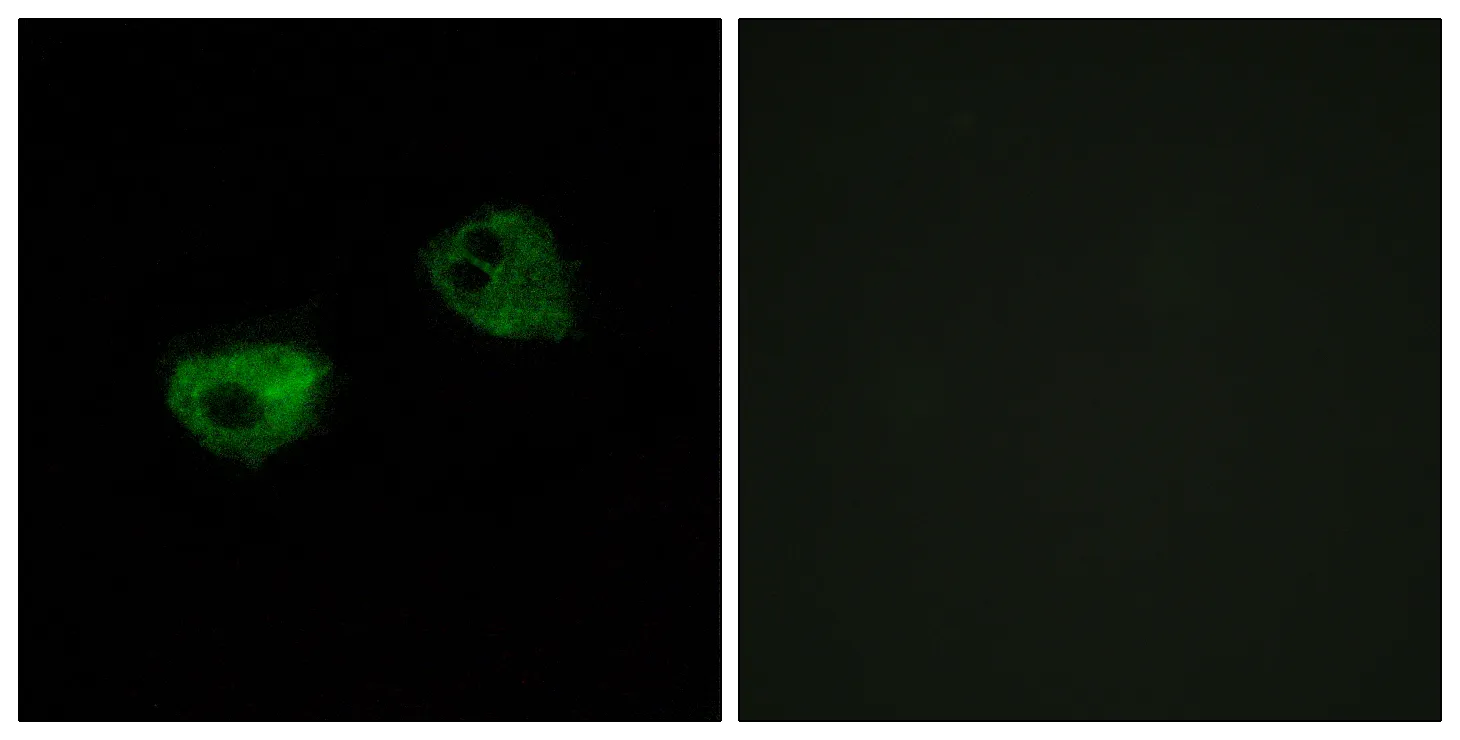Summary
Performance
Immunogen
Application
Background
The degree of protein phosphorylation is regulated by a balance of protein kinase and phosphatase activities. Protein phosphatase-1 (PP1; see MIM 176875) is a signal-transducing phosphatase that influences neuronal activity, protein synthesis, metabolism, muscle contraction, and cell division. PPP1R14C is an inhibitor of PP1 (Liu et al., 2002 [PubMed 11812771]).[supplied by OMIM, Feb 2010],function:Inhibitor of PPP1CA. Has over 600-fold higher inhibitory activity when phosphorylated, creating a molecular switch for regulating the phosphorylation status of PPP1CA substrates and smooth muscle contraction.,similarity:Belongs to the PP1 inhibitor family.,tissue specificity:Detected in breast cancer.,
Research Area




